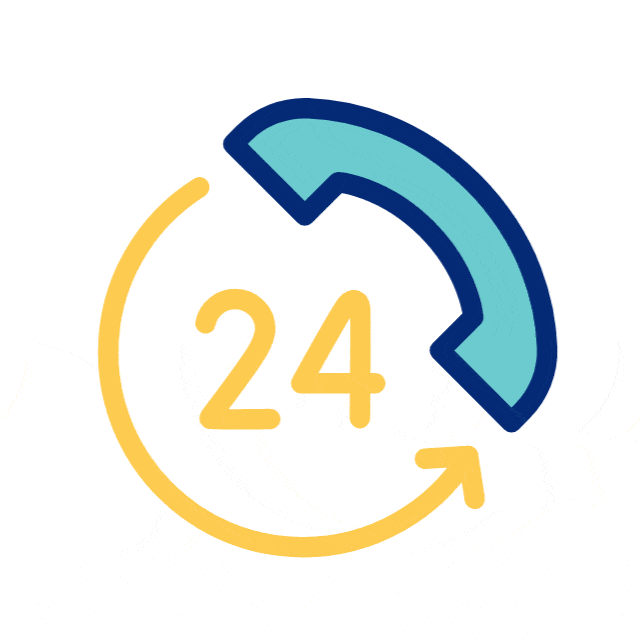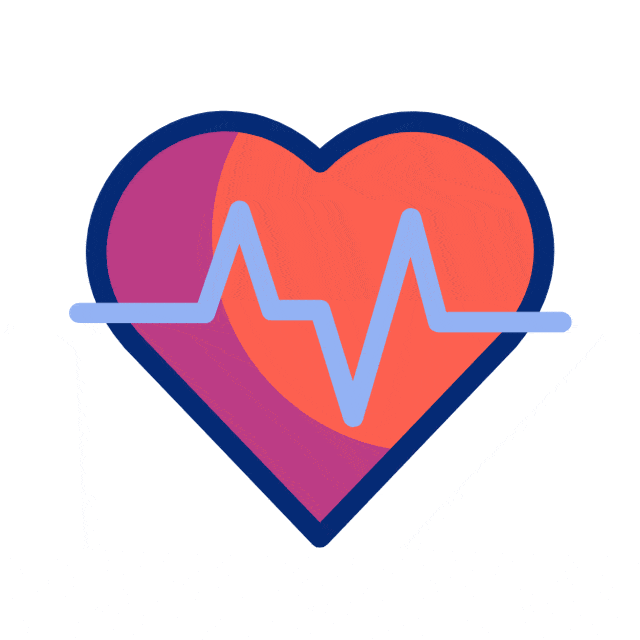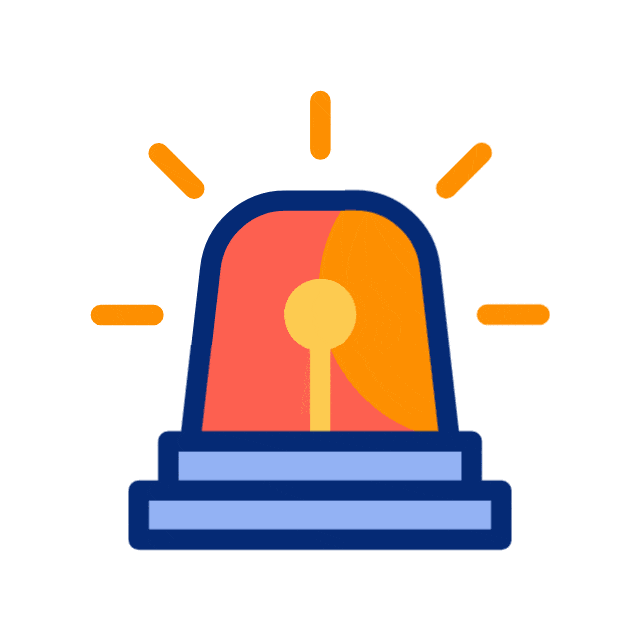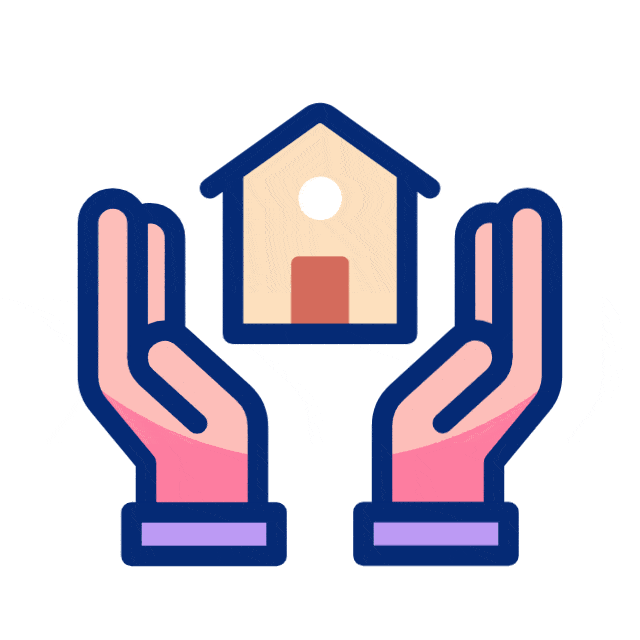Category : Diabetes
Diabetes mellitus has impacted millions of people across the world. Majority has type 2 diabetes, but small proportion of people have type 1 diabetes. Type 1 diabetes is a disease only of children as previously believed can occur at any age group. Diabetes can be controlled but cannot be cured.
When do you diagnose Diabetes?
When fasting blood glucose ≥126 mg/dL after fasting for ≥8 h OR HbA1C ≥6.5% OR random plasma glucose ≥200 mg/dL with symptoms of hyperglycaemia.
Why body need Insulin?
Cells require glucose for metabolism. Insulin regulates the glucose levels in cells. Any disruption in glucose-insulin balance can lead to diabetes. When your body can’t produce enough insulin (type 1 diabetes) or when not enough insulin is made AND the body is resistant to the action of the insulin (type 2 diabetes) diabetes sets in.
What triggers Type 1 Diabetes?
The immune system identifies beta cells of pancreas as foreign cells and attacks the cells leading to destruction of beta cells. Hence, insulin production in the body is reduced resulting in increased blood glucose levels. The various theories in development of type 1 diabetes include role of family genes, infection by certain virus, poor hygiene and poor nutrition (lack of breast feeding, vitamin D deficiency).
When to suspect Type 1 Diabetes?
Young active child suddenly complains of increased thirst, passing urine frequently, loosing weight and tiredness is the classical presentation. Sometimes children can have diabetic ketoacidosis (DKA) which is medical emergency, in which high levels of acid, in the form of ketones (substances that are made when the body breaks down fat for energy), build up in the blood because of a lack of insulin in the body.
Treatment for Type 1 Diabetes?
The therapy available is daily administration of injection insulin subcutaneously lifelong. There is no role of oral drugs. However pancreatic transplantation is being tried now. Giving injections are easy and may cause mild discomfort for the patient or none.
How to give Insulin?
Insulin can be easily given by injection subcutaneously using syringe. Newer modalities include delivery of insulin by pen injections or inhalation of insulin as powder. Dose of insulin varies with each individual and needs constant update or alterations.
Is self-monitoring of glucose essential?
All patients and/or caregivers must learn is how to measure blood glucose levels as it takes infants and children few days or weeks to adjust to having their blood glucose levels checked, and they may cry or resist. Monitoring helps to check low or very high sugars and need to consult doctor immediately.
Newer monitoring devices available?
Continuous Glucose Monitoring Continuous glucose monitoring (CGM) is a tool that has revolutionized management of type 1 diabetes. A small sensor is inserted under the skin and sends a signal via a transmitter to a receiver which gives the glucose reading every few minutes and gives trends to indicate if blood glucose levels are falling, rising, or staying the same.
Symptoms of low glucose level?
Nervousness or anxiety, sweating, chills, Irritability or confusion are the commonest symptoms. Many experience fast heartbeat or impaired vision or tingling or numbness in the lips or headache. In severe cases seizures or unconsciousness can happen.
Role of family?
Always remember that diabetes can be treated but not cured and as days progress things will be better and child will adjust. There is no scope for blaming and it’s not child fault.
Role of Paediatrician?
He is the team leader along with dietician, counsellor and nurse. The other members of team are cardiologist, ophthalmologist and neurologist for long term care and guidance. Finding support and comfort from others living with type 1 diabetes as peer group is essential in the long term.
Role of exercise?
Any type of exercise is better than no exercise. Younger children require 30 to 60 min of indoor or outdoor activities. Older children require one hour per day activities including exercises.
Role of diet?
The most crucial and essential part in controlling diabetes. Children need nutrition for growth and controlling type of food is challenging. Dietician and parents play a important role in younger children and older children needs to be counselled and monitored regularly.
What are the complications of Diabetes?
Diabetic ketoacidosis requiring admissions, prone for infections and depression are common in the early stages of disease. Long term complications include progressive renal failure, involvement of nervus system leading to neuropathy, ulcers and heart attacks due to blockage of blood supply to the heart.
Role of HbA1C?
HbA1C indicates the control of sugar in the previous three months. Parents should aim for an HbA1C of <7.5%.





